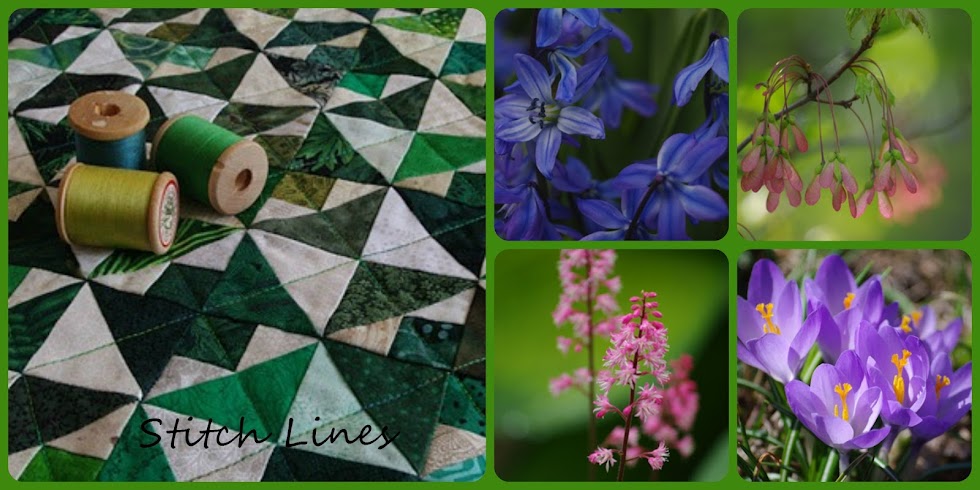 Can you handle more photos from the beautiful island of Grand Manan? (The word "Manan" comes from man an ook meaning "island place" or "the island" from the Passamaquoddy Penobscot native peoples of southwest New Brunswick.)
Can you handle more photos from the beautiful island of Grand Manan? (The word "Manan" comes from man an ook meaning "island place" or "the island" from the Passamaquoddy Penobscot native peoples of southwest New Brunswick.)Much as I love a clear, humidity-free, blue sky summer day, the fog of the Bay of Fundy just seems right. It adds atmosphere and a feeling of calm, for me. Maybe even a sense of mystery...
**Fishing vessels seen docked at wharves may include gill netters, fish draggers, herring seiners and carriers, weir seine boats, herring pumpers, lobster boats, scallop draggers and salmon aquaculture vessels, as well as weir pile drivers and lobster cars (wooden off-load and temporary storage rafts for lobsters.) A variety of fish including cod, haddock, pollock, flounder, halibut, cusk, hake, herring, mackerel, bluefin tuna and hagfish, and lobster, shark, scallops and sea urchin are (or have been in the past) trapped, netted, hooked, dragged or trawled, and baited from Grand Manan's waters. Periwinkles, seaweeds including dulse, Irish moss, kelp, nori and sea lettuce, and soft-shelled clams have been picked or dug from its shores. Each with its own season, the harvest of marine resources has been the mainstay on the island.** Today the farming of Atlantic salmon is also a large industry.
The following photos were taken at North Head wharf as I wandered... I don't know a seiner from a dragger, or a pumper from a carrier, but I enjoyed the calm foggy morning as the vessels seemed to be quietly resting up for their next adventure.
In the past lighthouses and fog alarm stations were essential to protect shipping in the Bay of Fundy
because of the strong tides, thick fog and dangerous shoals. Heavy fog, strong winds, tidal currents and strong storms known as "nor'easters" all threatened safe navigation. Today, radar, radio beacon and satellite systems, depth sounders, computer navigation, better weather forecasting and higher vessel construction standards all contribute to safer navigation. Because of the dangers of the bay, southwestern New Brunswick has one of the largest number of lighthouses in the world, but any still operational today are automated, as are the fog alarm stations.

I found it interesting to learn that lighthouses built prior to confederation were funded by a lighthouse levy that larger vessels using the Bay of Fundy were required to pay. After 1867, the Canadian government assumed the responsibilities of maintaining the lighthouses. Today, local communities maintain the buildings and the Canadian Coast Guard look after the navigational aids (lights and fog horns.)

Did you know it is illegal to tie anything to a marker buoy? Back in the day, you could be jailed for a year if you were caught deliberately damaging a buoy or beacon, and six months in jail or a twenty pound fine if you tied your boat to a buoy... (The things you learn!!)
 |
| Goodbye Grand Manan. I hope to return soon. |
Peace,
Linda
"The fishermen know that the sea is dangerous and the storm terrible, but they have never found these dangers sufficient reason for remaining ashore." ~ Vincent Van Gogh











6 comments:
How picturesque! You must have wanted to take a photo every step you took. Aren't you glad we don't have to get film developed any more? Beautiful! Makes me wish I could visit that area! Hugs, Diane
I LOVE your fog pictures! I told DH last night that we need to make a trip here. We did make it to Campobello a couple of years ago. Thanks for the history and info.
Such interesting posts, I really like learning about other places! Photographs of fog are intriguing because the fog filters out much detail, letting you concentrate more on what is still there.
Beautiful photos Linda. The fog makes them very atmospheric. Love being an armchair traveller, it means you can visit a whole bunch of places you wouldn't dream of under normal circumstances. I have been to a lot of places in all parts of our magnificent globe, but I'd have to live to be 1001 to get to everywhere.
Love it. You take me to places I will never see in this lifetime. Thank you.
xx, Carol
How lovely. I have never been to Grand Manan but it is on my list. Your photos are awesome. Thanks for sharing.
Post a Comment